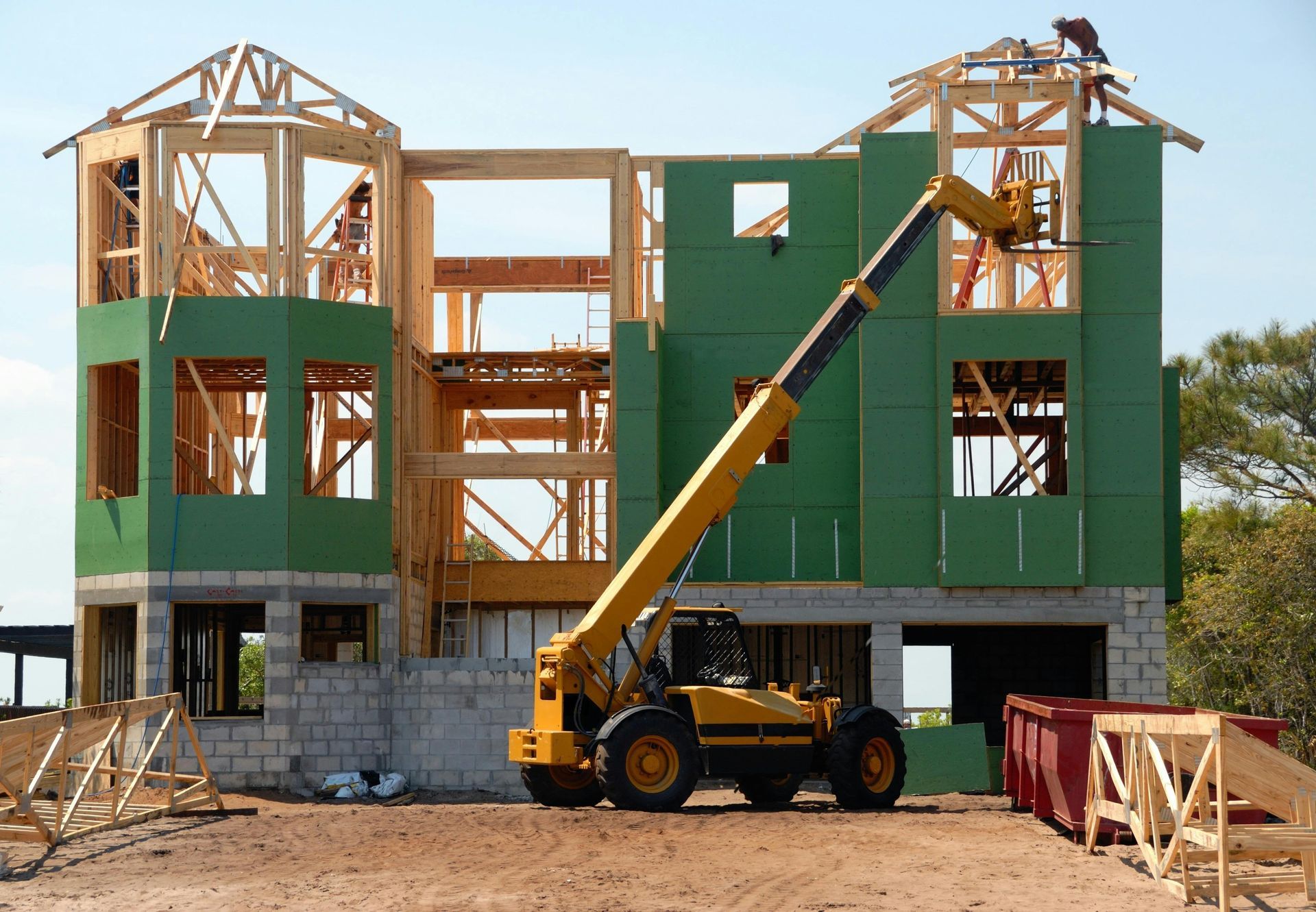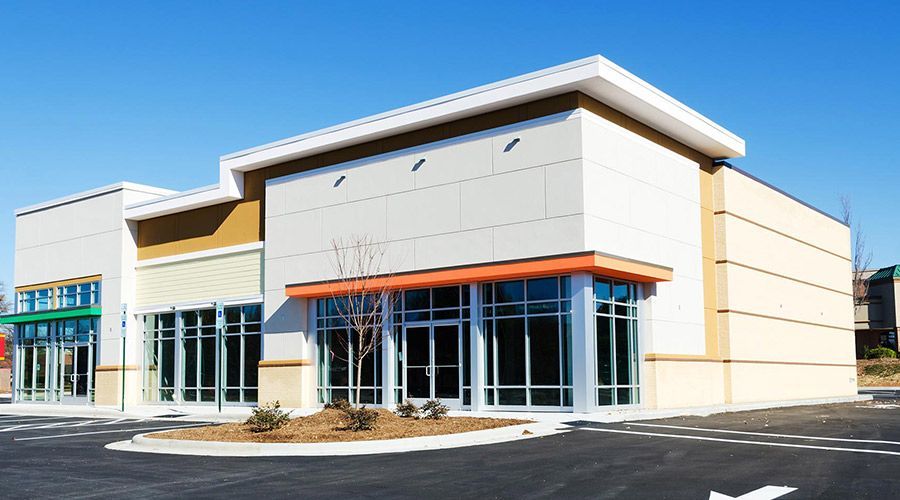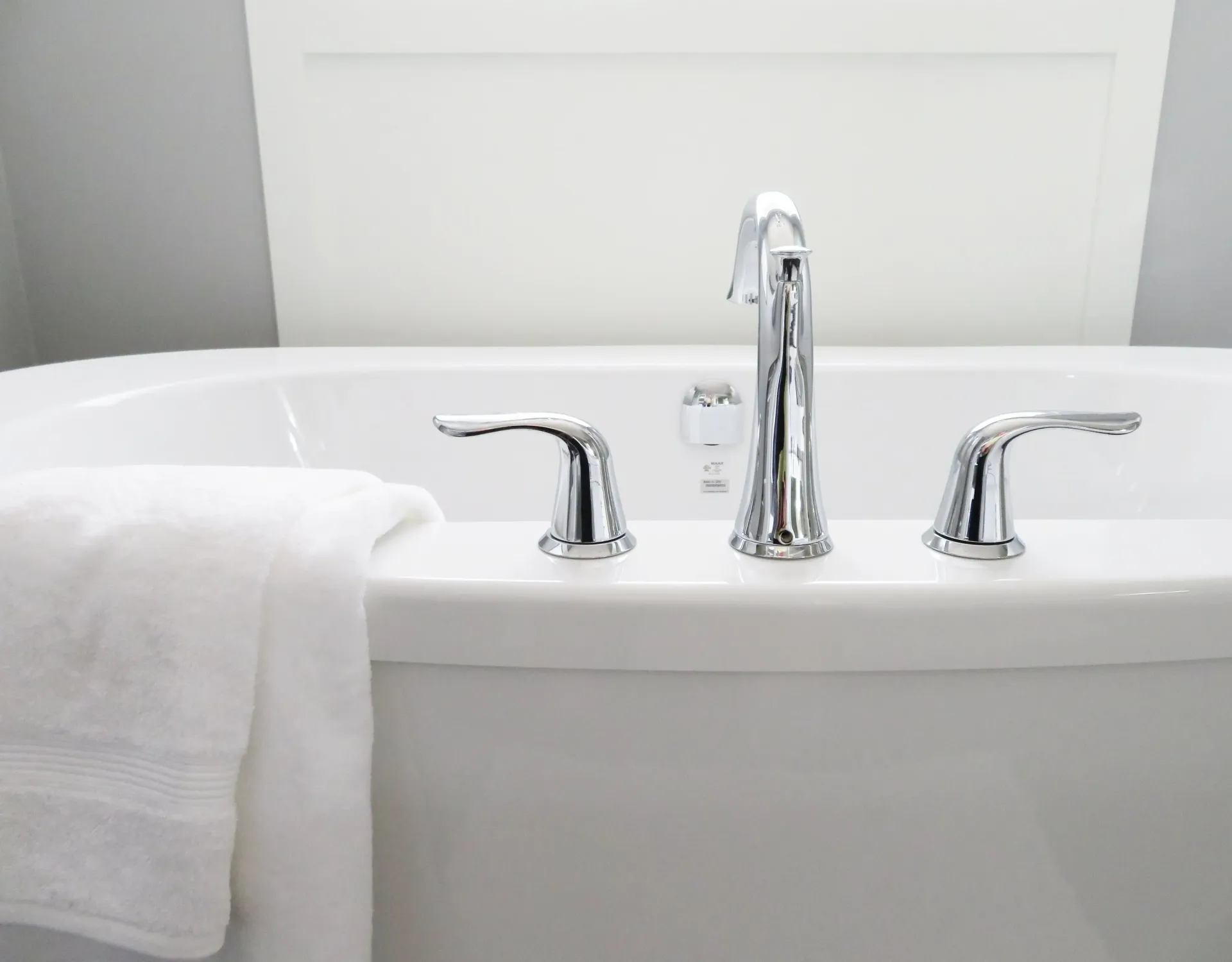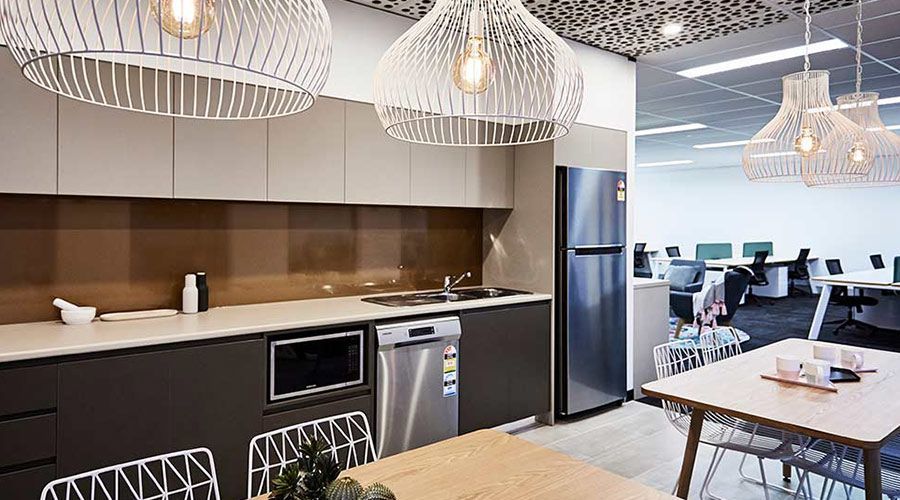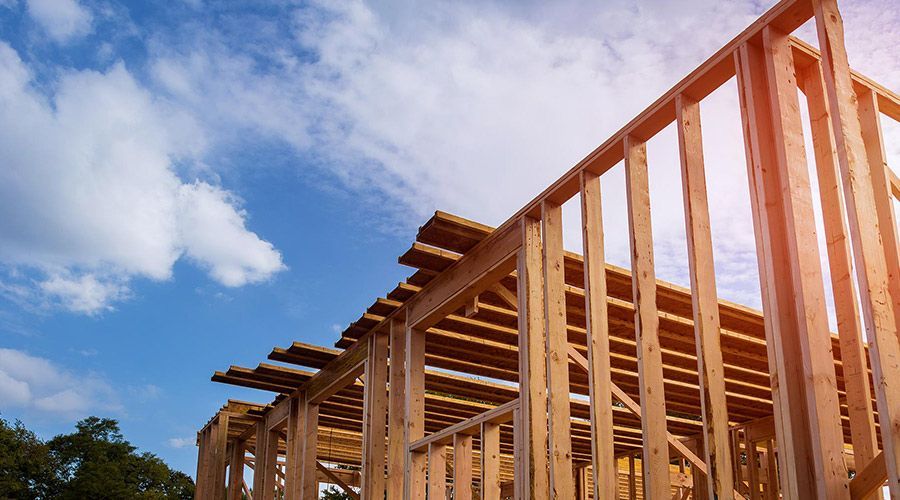Preventing Erosion and Promoting Drainage on Construction Sites
February 26, 2024
Erosion and poor drainage on construction sites are major concerns, posing environmental and structural risks. Uncontrolled erosion leads to significant soil loss, affecting local ecosystems and compromising construction integrity. It's crucial to implement effective erosion control and drainage management to mitigate these risks, ensuring the safety and longevity of construction projects.
The dual goals of protecting the environment and securing construction projects drive the need for robust erosion control and drainage management. By addressing these issues, construction teams can prevent environmental damage and structural failures, promoting sustainable building practices and safeguarding project investments. This approach is essential for the success and sustainability of construction efforts.
Causes and Consequences of Erosion on Construction Sites
Erosion is a natural process where soil and rock are worn away by water, wind, and other natural forces. However, construction activities can significantly accelerate this process. The removal of vegetation and disturbance of the ground during construction exposes soil to erosion, leading to rapid and often severe consequences for the environment and project sites.
The impacts of accelerated erosion on construction sites are far-reaching. Sedimentation of waterways can harm aquatic ecosystems, while the loss of topsoil diminishes the land's fertility and resilience. Furthermore, erosion can destabilize construction structures, posing risks to both safety and project integrity. Addressing these challenges is essential for sustainable construction practices and environmental stewardship.
Best Practices for Erosion Control
Minimizing erosion on construction sites is crucial for protecting the environment and ensuring the stability of your project. Implementing effective erosion control strategies can significantly reduce the negative impacts of construction activities. Here are seven best practices to consider:
- Silt Fences: Install silt fences around the perimeter of your site to catch sediment-laden runoff, preventing it from entering waterways.
- Sediment Traps: Use sediment traps to collect and detain sediment from runoff water, allowing it to settle before the water leaves the site.
- Erosion Control Blankets: Apply erosion control blankets on slopes and areas prone to erosion to stabilize soil and promote vegetation growth.
- Vegetative Covers: Plant fast-growing grasses or other vegetation to quickly cover and stabilize exposed soil, reducing erosion.
- Mulching: Apply mulch to protect soil from rain impact and wind, which can significantly reduce surface erosion.
- Stormwater Management: Implement stormwater management practices, such as rain gardens or retention basins, to control runoff and reduce erosion.
- Regular Maintenance: Regularly inspect and maintain erosion and sediment control measures to ensure they are effective throughout the construction process.
Starting these measures early in the construction process is key to their effectiveness. By planning and implementing these strategies from the outset, you can significantly reduce the risk of erosion, protecting both the environment and your construction project.
Enhancing Drainage: Techniques and Benefits
Improving drainage on construction sites is essential for preventing water-related issues and ensuring the longevity of your project. Effective drainage techniques not only reduce the risk of erosion but also protect the structural integrity of the construction site. Here are six methods to enhance drainage:
- French Drains: Install French drains to redirect surface and groundwater away from critical areas, preventing water accumulation.
- Culverts: Use culverts under access roads or pathways to facilitate the flow of water across the site, minimizing water buildup.
- Proper Grading: Implement proper grading techniques to ensure that water flows away from the construction area, reducing the risk of pooling and erosion.
- Retention Ponds: Create retention ponds to collect excess stormwater, controlling runoff and reducing the impact on local waterways.
- Permeable Paving: Utilize permeable paving materials for parking lots and walkways to allow water to infiltrate the ground, reducing runoff.
- Roof Gutters and Downspouts: Install roof gutters and downspouts on temporary structures to direct rainwater away from the construction site, minimizing erosion.
Incorporating these drainage techniques can significantly mitigate water-related challenges, ensuring a safer and more stable construction environment. Proper drainage practices prevent water accumulation, reduce erosion risk, and safeguard the site's structural integrity, contributing to the overall success and sustainability of construction projects
Conclusion: Integrating Erosion Control and Drainage Management into Construction Planning
Proactive erosion control and drainage management are indispensable in construction projects. Incorporating these practices from the start not only protects the environment but also ensures project success. It's crucial for construction professionals to plan these measures early, integrating them into the project's blueprint. Collaboration between construction managers, environmental experts, and local authorities plays a pivotal role in achieving effective management. Together, they can create a construction environment that is both sustainable and successful, safeguarding the project against potential environmental and structural challenges.

